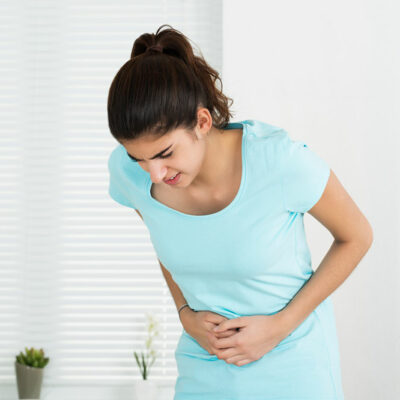
Health
Causes and Signs of an Overactive Bladder
Overactive bladder is a condition in which the urge to urinate is sudden and uncontrollable. People with an overactive bladder might have increased visits to the bathroom during the day as well as the night. Also, they can experience incontinence. Here are the main causes and signs of overactive bladder that you should learn about. Causes of an overactive bladder Knowing about the causes and signs of overactive bladder can play a crucial role in managing the condition. There can be multiple causes of an overactive bladder. Some common causes of an overactive bladder include: Weakened pelvic muscles: Pelvic muscles are the tissues and muscles responsible for supporting organs present in the lower abdomen. These muscles can get stretched and weakened due to multiple reasons, such as childbirth and pregnancy. The stretching and weakening of these muscles can lead to sagging of the bladder and displace it from its normal position. All these together can lead to incontinence. Damage to the nerves: Due to nerve damage, the signal that is sent to the brain to pass urine from the bladder can be sent at the wrong time. This damage can be caused due to diseases and trauma such as: Herniated disc Surgery done on the back or the pelvis Parkinson’s disease Radiation Stroke Multiple sclerosis Consumption of caffeine, alcohol, and certain kinds of medicines:
Read More 















